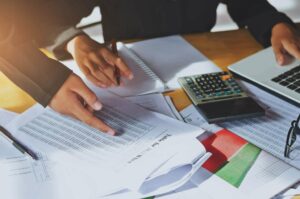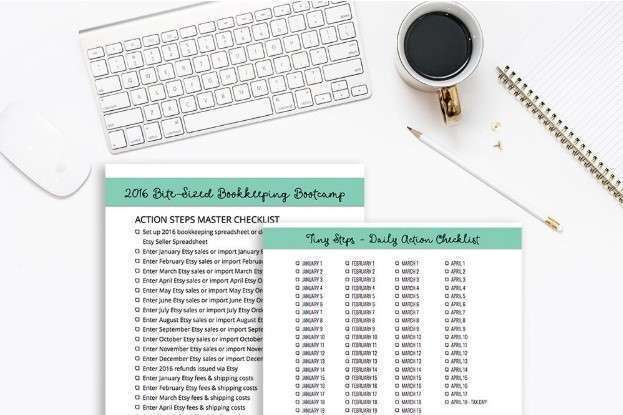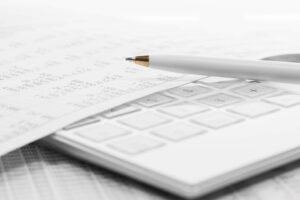
For example, even the balance sheet has such alternative names as a “statement of financial position” and “statement of condition.” Balance https://www.bookstime.com/ sheet accounts suffer from this same phenomenon. Fortunately, investors have easy access to extensive dictionaries of financial terminology to clarify an unfamiliar account entry. Generally, sales growth, whether rapid or slow, dictates a larger asset base—higher levels of inventory, receivables, and fixed assets (plant, property, and equipment, or PPE).
- Upon liquidation, creditors are granted a preference over owners to the existing assets of the firm.
- The basic accounting equation is used to provide a simple calculation of a company’s value, based on a comparison of equity and liabilities.
- The asset equals the sum of all assets, i.e., cash, accounts receivable, prepaid expense, and inventory, i.e., $234,762 for 2014.
- Considering these differences, the term “claim” applied to owners’ equity only in a very broad sense, especially compared to the narrower case of liabilities.
- The next section consists of non-current assets, which are described in the table below.
Components of the Balance Sheet FAQs
The balance sheet is also known as the statement of financial position and it reflects the accounting equation. The balance sheet reports a company’s assets, liabilities, and owner’s (or stockholders’) equity at a specific point in time. Like the accounting equation, it shows that a company’s total amount of assets equals the total amount of liabilities plus owner’s (or stockholders’) equity.
- The ability to read and understand a balance sheet is a crucial skill for anyone involved in business, but it’s one that many people lack.
- Liabilities are financial obligations a company owes to other parties, such as loans, accounts payable, wages payable, accrued expenses, and deferred revenue.
- An analyst can generally use the balance sheet to calculate a lot of financial ratios that help determine how well a company is performing, how liquid or solvent a company is, and how efficient it is.
- Put another way, it is the amount that would remain if the company liquidated all of its assets and paid off all of its debts.
What Is the Breakdown of the Balance Sheet?
Generally, the creditor would prefer not to take possession of the collateralized asset. It is also possible to define liabilities as obligations that the entity must satisfy through the sacrifice of some future benefit. The “something” can be either trial balance tangible (such as a building or an inventory) or intangible (such as a right to collect cash from someone, goodwill, or a right to use a leased machine).

What is the Accounting Equation?
Retained earnings play a crucial role in growing a company and increasing its equity value over time. Like fixed assets, intangible assets may also be subject to amortization, which is similar to depreciation but applicable to intangible assets. Amortization allocates the cost of an intangible asset over its useful life, recognizing that its value may diminish over time. Intangible assets are non-physical assets that have value to a company, such as patents, goodwill, and intellectual property.
Accounting Equation Example
That is, each entry made on the debit side has a corresponding entry (or coverage) on the credit side. This account includes the total amount of long-term debt (excluding the accounting equation may be expressed as the current portion, if that account is present under current liabilities). This account is derived from the debt schedule, which outlines all of the company’s outstanding debt, the interest expense, and the principal repayment for every period.
- Suppose a proprietor company has a liability of $1500, and owner equity is $2000.
- In order to help you advance your career, CFI has compiled many resources to assist you along the path.
- For example, even the balance sheet has such alternative names as a “statement of financial position” and “statement of condition.” Balance sheet accounts suffer from this same phenomenon.
- For the past 52 years, Harold Averkamp (CPA, MBA) has worked as an accounting supervisor, manager, consultant, university instructor, and innovator in teaching accounting online.
- The valuation of fixed assets involves determining their cost and factoring in depreciation.

Any amount remaining (or exceeding) is added to (deducted from) retained earnings. Accounts Payables, or AP, is the amount a company owes suppliers for items or services purchased on credit. As the company pays off its AP, it decreases along with an equal amount decrease to the cash account. Property, Plant, and Equipment (also known as PP&E) capture the company’s tangible fixed assets. Some companies will class out their PP&E by the different types of assets, such as Land, Building, and various types of Equipment.
- Second, the return on assets (ROA) ratio shows how much profit is being generated from its total assets.
- On 2 January, Mr. Sam purchases a building for $50,000 for use in the business.
- In this example, Apple’s total assets of $323.8 billion is segregated towards the top of the report.
- The issuance and management of common and preferred stock play a significant role in shaping the equity structure and investor relations of a company.
- Double-entry accounting is a system where every transaction affects at least two accounts.
- (Note that, as above, the adjustment to the inventory and cost of sales figures may be made at the year-end through an adjustment to the closing stock but has been illustrated below for completeness).
- If it’s financed through debt, it’ll show as a liability, but if it’s financed through issuing equity shares to investors, it’ll show in shareholders’ equity.
The Balance Sheet Equation

When net worth is zero, it means your assets and liabilities are equal to one another. However, as long as your savings account has a positive balance and those stocks have some value, they’re still considered to be an asset. Examples of assets can include bank accounts, cash, a home or other real estate, vehicles, retirement accounts, and brokerage accounts. In addition, assets can include art, antiques, jewelry, and other objects of value. Typical changes include additional investments, the reduction of owners’ claims by distributing assets through dividends and withdrawals, and net income or losses.

The income statement is the financial statement that reports a company’s revenues and expenses and the resulting net income. While the balance sheet is concerned with one point in time, the income statement covers a time interval or period of time. The income statement will explain part of the change in the owner’s or stockholders’ equity during the time interval between two balance sheets. There are three main ways to analyze the investment-quality of a company through its balance sheet.
Part 2: Your Current Nest Egg
• For example, if you had $20,000 in your emergency fund but have to withdraw $10,000 for major dental work, that asset has decreased. You still have $10,000 in the account, but that’s less than you previously had in the plus column, financially speaking. Another approach views owners’ equity as the sum of the original contributions by owners and the changes that have occurred since the date the firm came into existence. On the other hand, if a minority stockholder of a large firm acquires some of its bonds on the open market, there could be little cause to treat the bond liability as an owner’s claim.